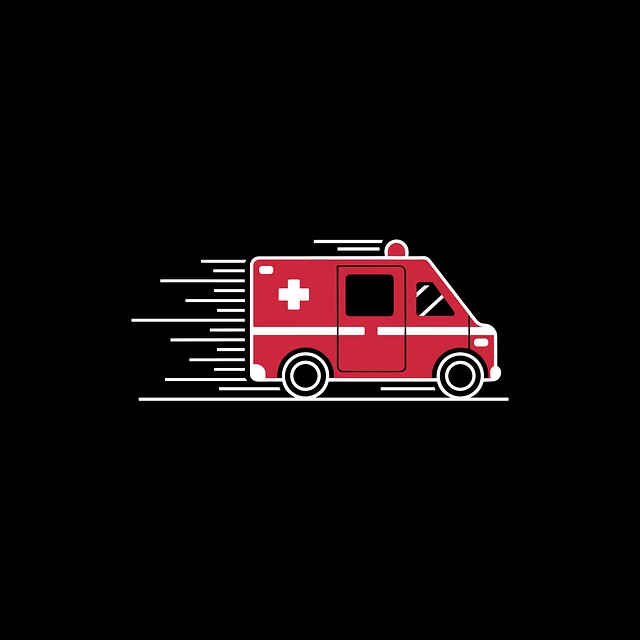Distinguishing between Medical Aid and Health Insurance is crucial for South Africans seeking healthcare coverage. While both manage medical expenses, Medical Aid focuses on long-term savings with tax benefits for preventive care, while Health Insurance offers short-term protection against unexpected bills across various health plans. Choices depend on individual needs, budget, and preferences for savings vs. immediate access to healthcare facilities. Understanding these differences is key to securing suitable coverage based on unique circumstances.
“Unraveling the intricate landscape of healthcare coverage in South Africa, this comprehensive guide delves into the nuances of Medical Aid and Health Insurance, exploring their distinct roles and mutual benefits. We dissect key differences between these essential options for managing medical expenses. From various scheme types to emerging trends, our review covers everything from public to hybrid models. Understanding Medical Aid Vs Health Insurance is crucial for individuals and families seeking optimal healthcare protection. Discover the factors that influence plan selection and stay ahead of South Africa’s evolving healthcare coverage landscape.”
- Understanding Medical Aid and Health Insurance: Key Differences
- Types of Medical Aid Schemes in South Africa: A Comprehensive Overview
- Health Insurance Options: Public, Private, and Hybrid
- Comparison: Benefits and Shortcomings of Medical Aid vs. Health Insurance
- Choosing the Right Plan: Factors to Consider for Individuals and Families
- The Future of Healthcare Coverage: Trends and Innovations in South Africa
Understanding Medical Aid and Health Insurance: Key Differences

In South Africa, understanding the nuances between Medical Aid and Health Insurance is crucial for making informed decisions about healthcare coverage. While both options are designed to help manage medical expenses, they serve different purposes and have distinct characteristics. Medical Aid is a long-term savings plan where members contribute regularly towards their cover, often with tax benefits. It provides access to a network of healthcare providers and focuses on preventive care, routine checks, and treatment for specified conditions. On the other hand, Health Insurance is typically short-term coverage that offers immediate protection against unexpected medical bills. It caters to various health plans, including options for comprehensive care, specific procedures, or emergency-only assistance, usually at a lower cost compared to Medical Aid.
The key difference lies in their structure and benefits. Medical Aid encourages proactive healthcare management through regular savings, while Health Insurance provides immediate access to medical services without the need for lengthy contributions. For South Africans, choosing between these options depends on individual needs, budget, and preferences regarding long-term savings versus immediate access to healthcare facilities.
Types of Medical Aid Schemes in South Africa: A Comprehensive Overview

In South Africa, individuals have a range of options when it comes to accessing medical aid and health insurance, each with its own unique features and benefits. Understanding the distinction between medical aid and health insurance is essential for making informed decisions regarding one’s healthcare coverage. Medical aid schemes are typically provided by employers or purchased privately, focusing on out-of-hospital care, including specialist consultations, hospital stays, and certain preventive services. These schemes often have a monthly contribution structure and offer various benefit packages tailored to different needs.
Health insurance, on the other hand, is designed to cover a broader spectrum of healthcare expenses, both inside and outside hospitals. It usually involves paying a premium for specific treatments or conditions. In South Africa, health insurance plans can be chosen based on personal preferences and budgets, offering flexibility in terms of coverage and out-of-pocket expenses. Understanding these differences is crucial for individuals aiming to secure comprehensive healthcare protection suitable for their unique circumstances.
Health Insurance Options: Public, Private, and Hybrid

Comparison: Benefits and Shortcomings of Medical Aid vs. Health Insurance

In South Africa, individuals often find themselves contemplating between Medical Aid and Health Insurance as essential components of their healthcare protection. While both serve to cover medical expenses, they differ significantly in terms of structure and benefits. Medical Aid is typically offered by employers or purchased privately, focusing on a range of health services including specialist care, hospital stays, and certain preventive measures. Members enjoy access to a network of healthcare providers and often have the option to choose their preferred doctors and hospitals. However, waiting periods for specific treatments may apply, and out-of-pocket expenses like co-payments and deductibles are common.
Health Insurance, on the other hand, is state-mandated and available through various private companies. It provides basic cover for essential healthcare services, including emergency care, inpatient treatment, and a set list of prescribed minimum benefits. Unlike Medical Aid, Health Insurance has shorter waiting periods but may offer limited choices when it comes to service providers. The main drawback lies in the fact that it doesn’t cover all medical procedures, and members might face significant out-of-pocket costs for optional treatments or specialist consultations. Understanding these nuances is crucial in making an informed decision between Medical Aid and Health Insurance options in South Africa.
Choosing the Right Plan: Factors to Consider for Individuals and Families

When selecting a medical aid or health insurance plan in South Africa, individuals and families must weigh several factors to make an informed decision. Firstly, understanding the distinction between medical aid and health insurance is essential. Medical aid schemes typically offer a comprehensive package of benefits, including hospital stays, specialist consultations, and prescribed medication. They often have a network of hospitals and healthcare providers associated with them, ensuring easier access to care. On the other hand, health insurance policies usually focus on covering specific treatments or conditions, such as dental care, vision care, or chronic illnesses, and may require separate arrangements for inpatient hospital stays.
Other considerations include budget, family size, pre-existing medical conditions, and preferred healthcare providers. It’s crucial to assess one’s overall health needs and future prospects, especially for families with young children or older dependents. Additionally, comparing the cost of monthly contributions, co-payments, and deductibles is vital. Researching the reputation and financial stability of insurance companies is also recommended to ensure claims are settled promptly. By meticulously evaluating these aspects, individuals and families can choose a plan that provides optimal coverage and value for their unique circumstances.
The Future of Healthcare Coverage: Trends and Innovations in South Africa

The future of healthcare coverage in South Africa is shaped by a growing emphasis on preventive care and a shift from traditional fee-for-service models to value-based care. As the population ages and non-communicable diseases become more prevalent, there’s an increasing demand for comprehensive medical aid and health insurance options that cater to these changing needs. Trends such as telemedicine and digital health solutions are gaining traction, offering greater accessibility and convenience for patients.
The distinction between medical aid and health insurance is becoming increasingly blurred as providers innovate to meet the diverse needs of consumers. Medical aid schemes traditionally focused on out-of-pocket expenses and hospital coverage, while health insurance often covered specific treatments or conditions. Now, many plans seamlessly combine these elements, providing holistic coverage that includes preventive care, chronic disease management, and mental health services. This integration aims to improve overall population health and reduce the financial burden on individuals and the healthcare system as a whole.
When navigating the landscape of healthcare coverage in South Africa, understanding the nuances between medical aid and health insurance is key. This review has illuminated the diverse options available, from comprehensive medical aid schemes to various health insurance models, both public and private. By comparing benefits and shortcomings of Medical Aid vs Health Insurance, individuals and families can make informed decisions tailored to their needs. Considering factors like cost, accessibility, and personal healthcare preferences, one can select the optimal plan, ensuring peace of mind and quality care in today’s dynamic healthcare environment.

